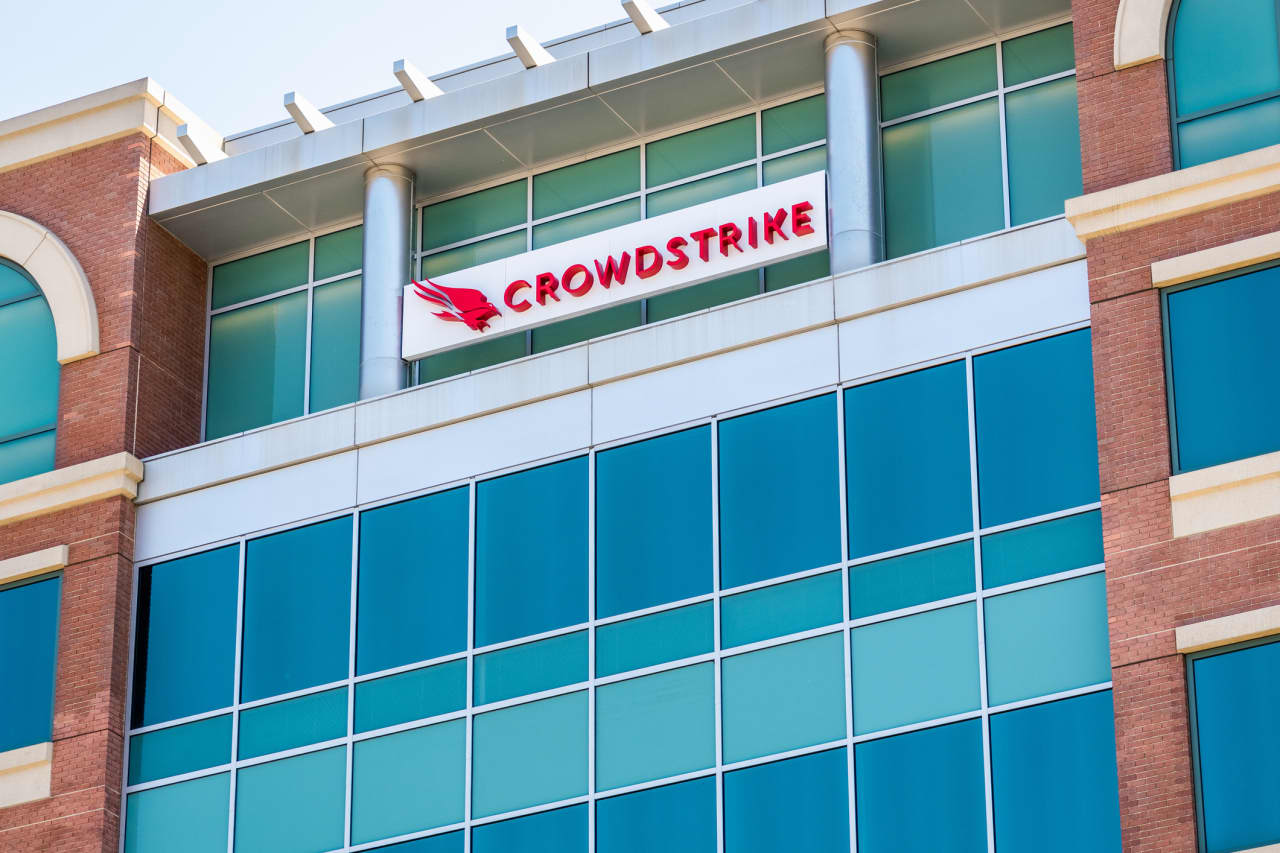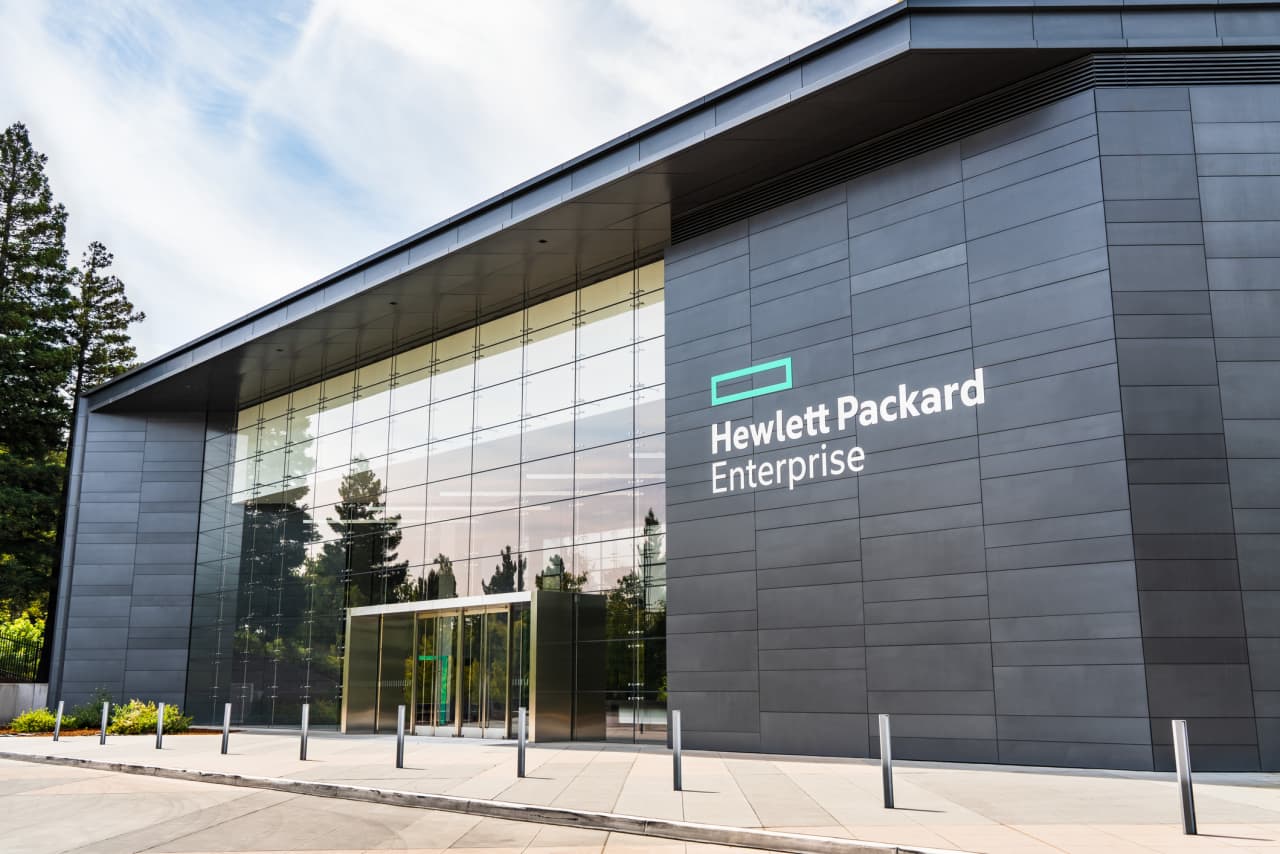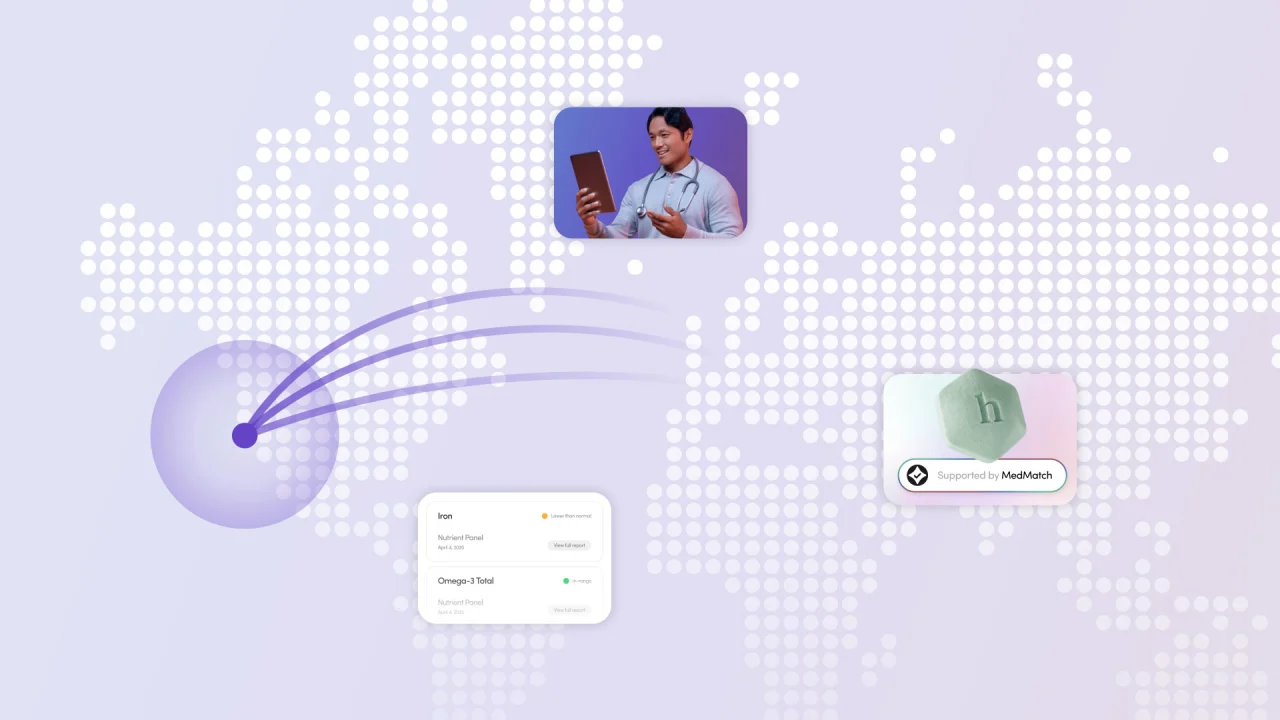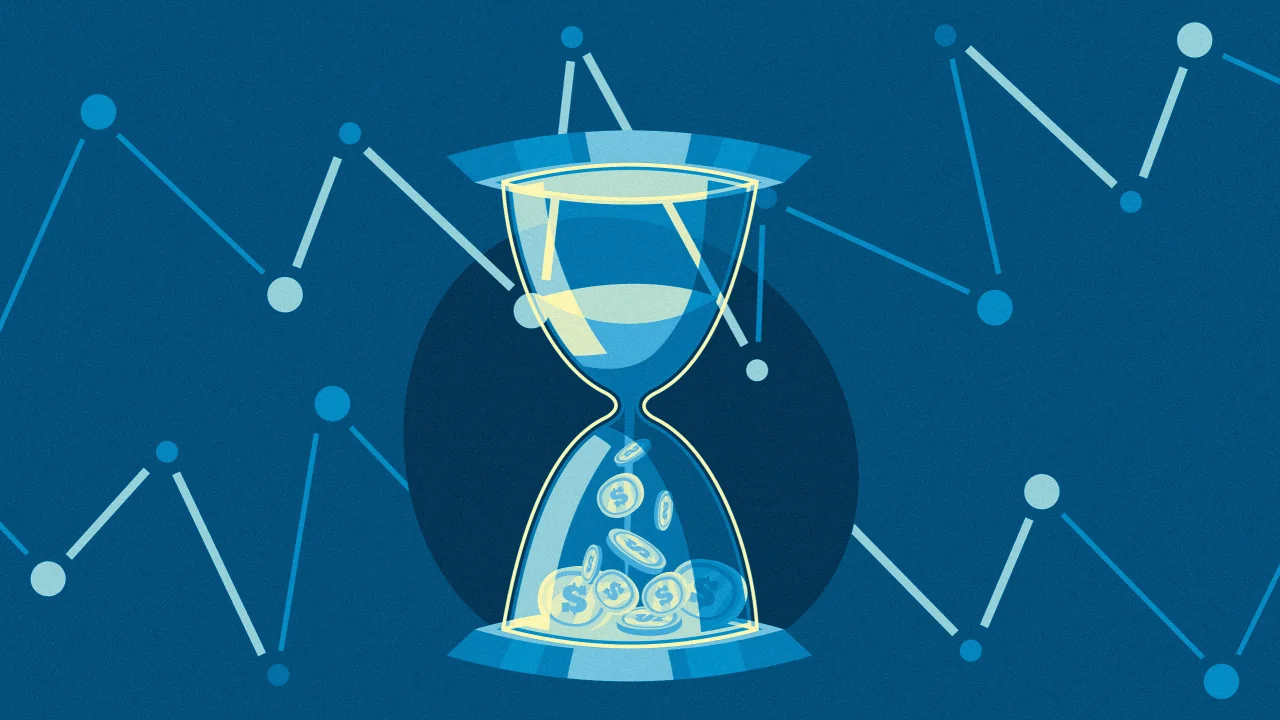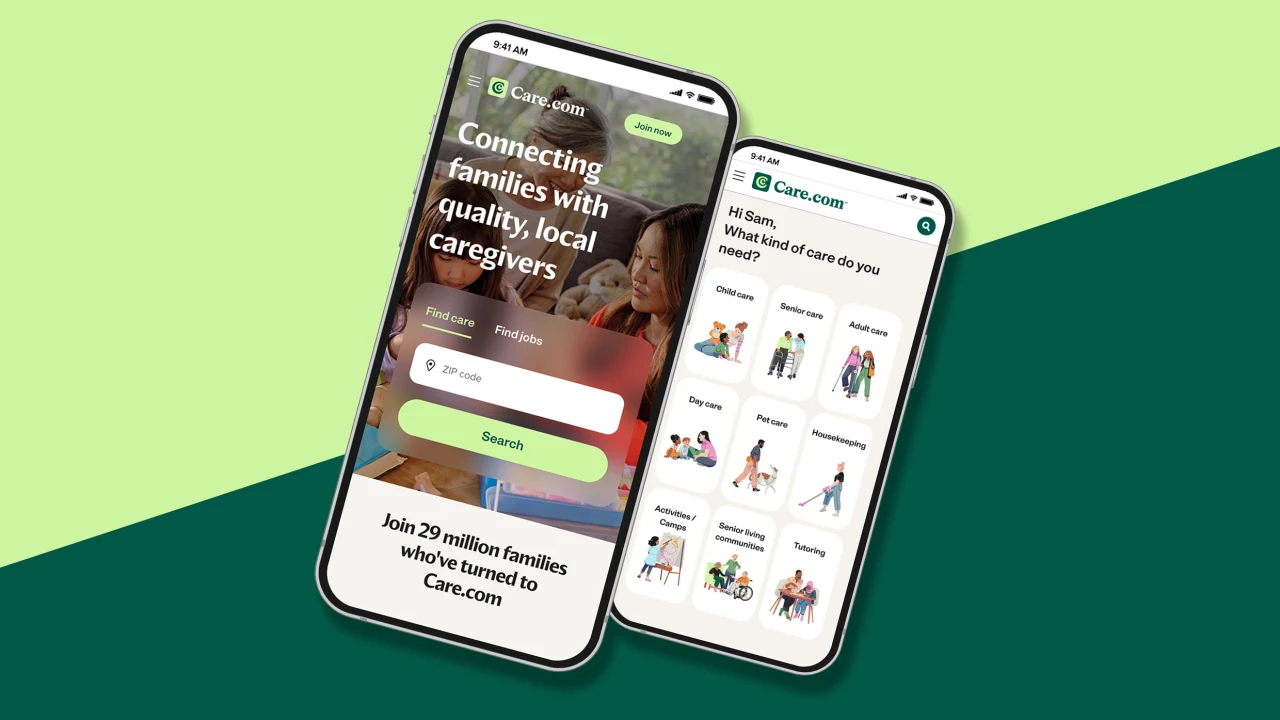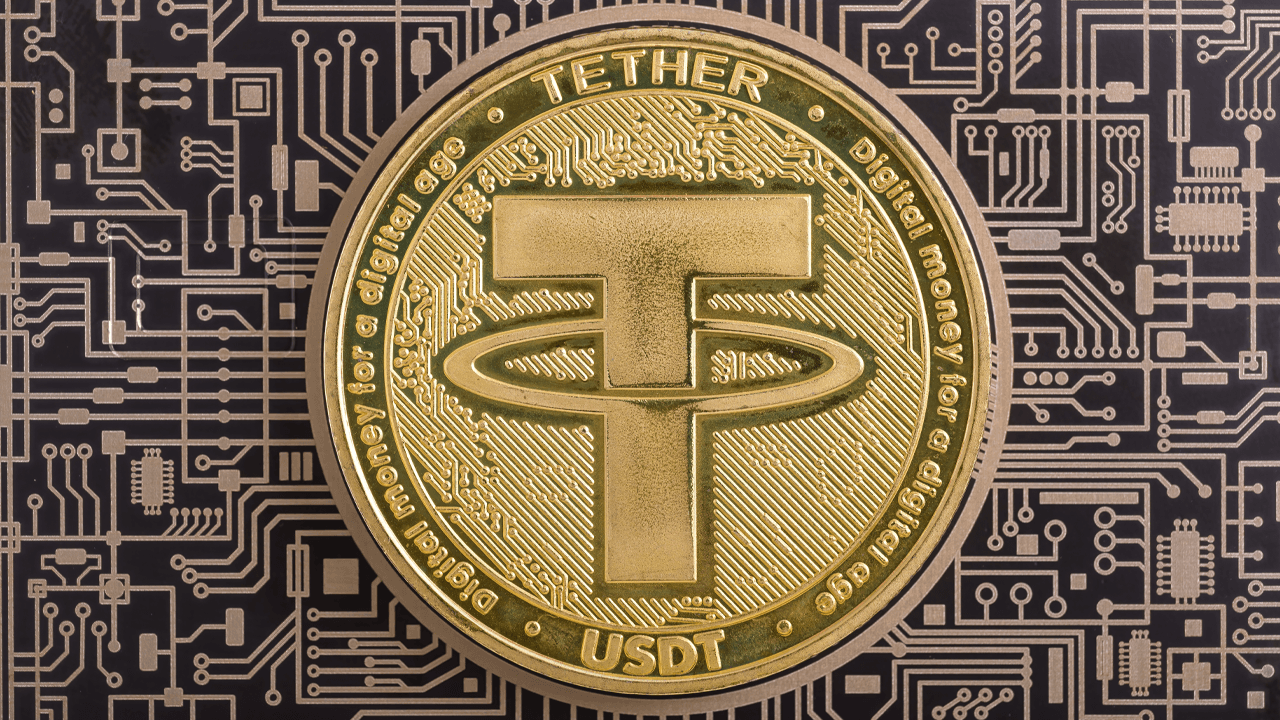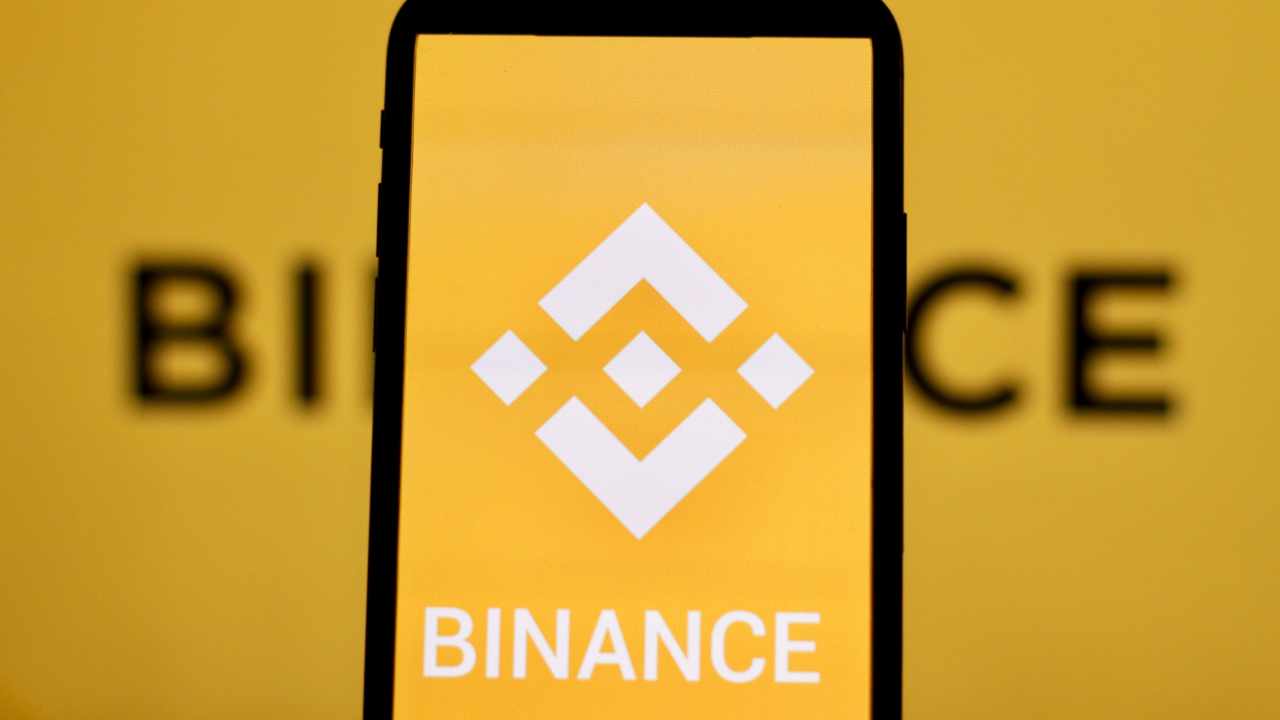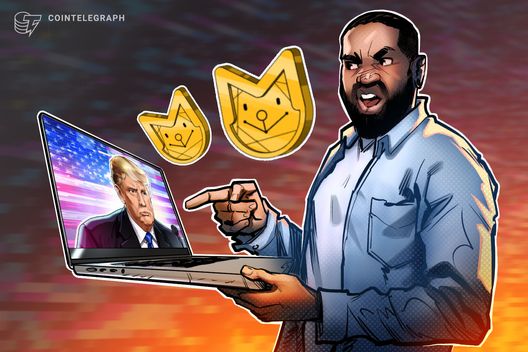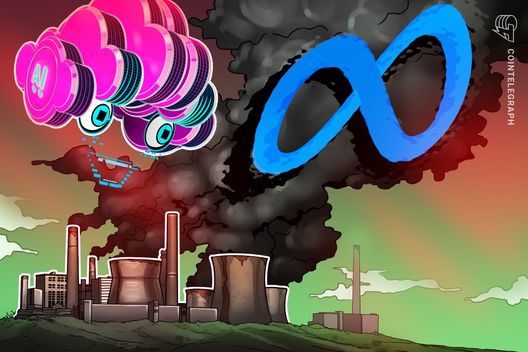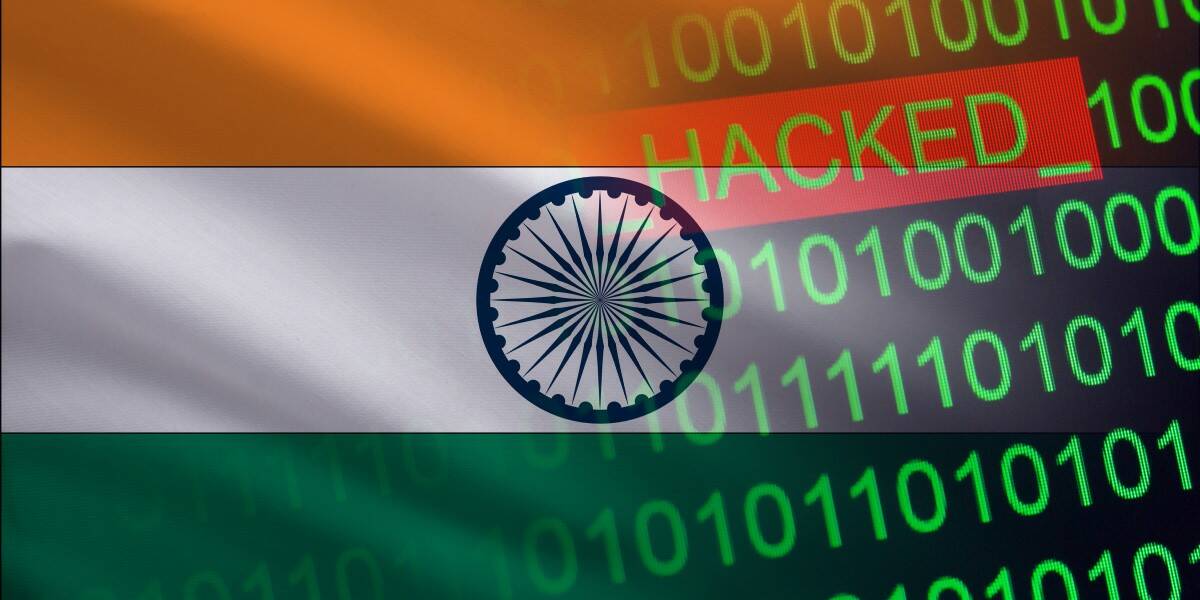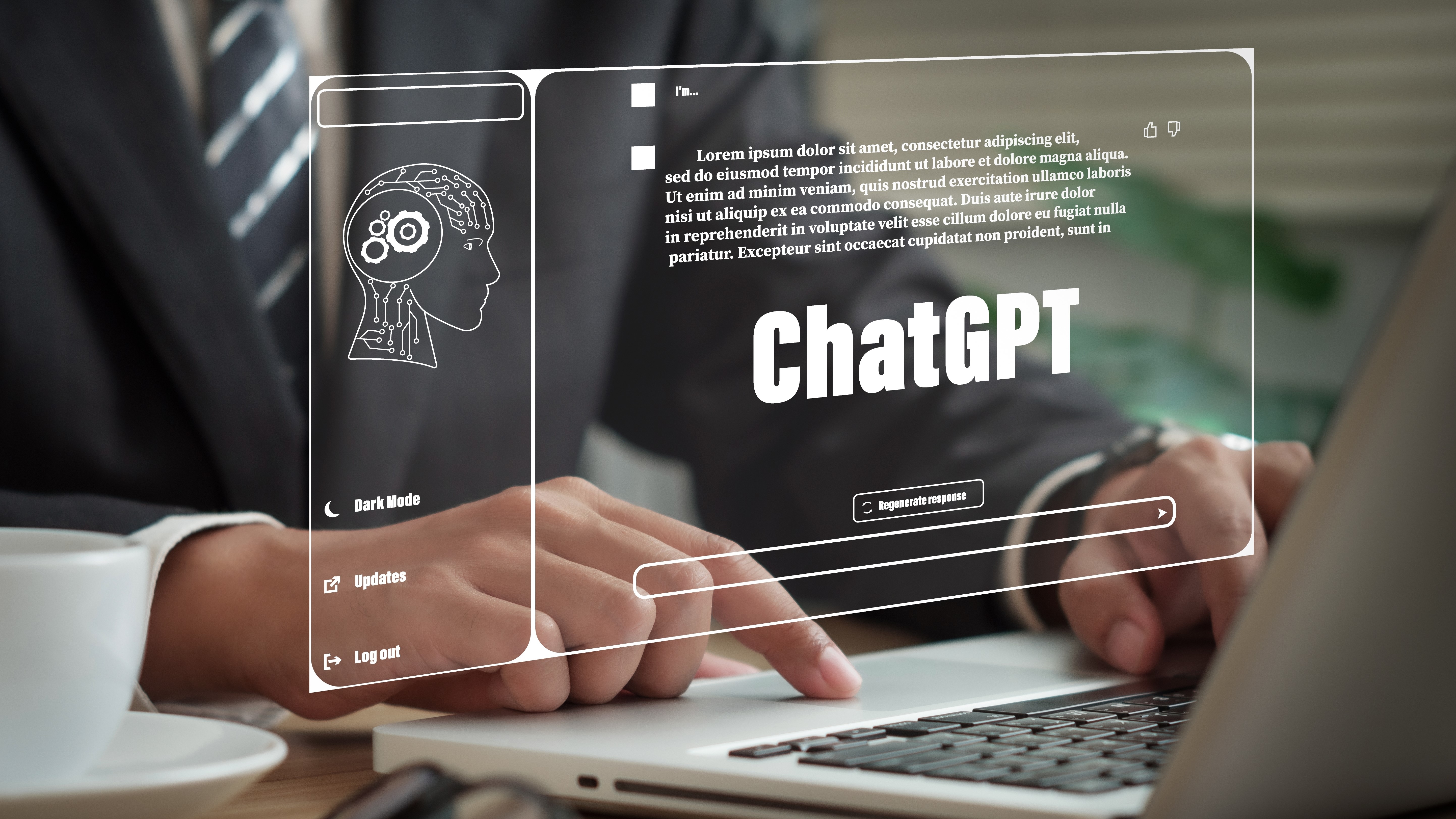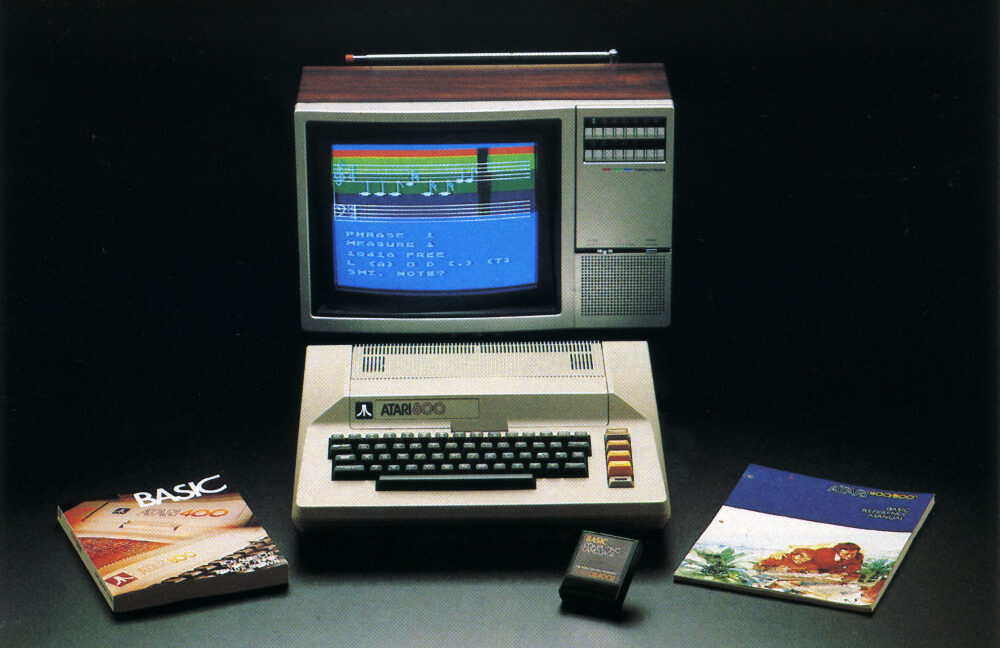The U.S. is scrapping paper checks—what that means for Social Security recipients who still get them
Check washing scams are on the rise—but changing payment methods could cause confusion.

In less than four months, the federal government plans to stop sending paper checks for all disbursements, including tax refunds and benefits like Social Security checks, after President Donald Trump signed an executive order to transition almost all payments made and received by executive departments and agencies to electronic funds transfer methods.
Ceasing the “old-fashioned” approach to disbursements is likely a good idea from a security perspective, experts say, while the vast majority of Social Security recipients already get them via direct deposit But any change of this magnitude could come with confusion and complications, especially as more than 485,000 people receive their monthly Social Security payments this way.
Sitting ducks for scams
Check washing scams—in which someone steals a check and erases the original information with chemicals, subbing in a different payee and amount—are increasingly common, and Social Security checks are sitting ducks: Because they go out at the same time each month to, generally, the same recipients, criminals are able to easily plan to steal them out of mailboxes, says Haywood Talcove, CEO of LexisNexis Risk Solutions Government.
This type of crime can be particularly difficult to track because checks can take days or longer to clear. By the time the victim realizes something is off, it can be hard, if not impossible, to resolve, says Talcove. A recent survey of financial institutions conducted by the Federal Reserve found that check fraud is second only to debit card fraud in total attempted scams and monetary loss, accounting for 30% of all fraud losses. Hundreds of millions of dollars are fraudulently deposited in the U.S. every year.
“In the world that we live in today, it is just much, much safer to electronically transfer that payment into an account, as opposed to mailing it,” says Talcove.
According to the FBI and United States Postal Inspection Service, it is particularly dangerous to leave checks in residential mailboxes overnight and to place them in blue mail collection boxes after the day’s last pickup.
But the scams aren’t just perpetrated by shadowy figures lurking near mailboxes: Earlier this year, a former U.S. Postal Service employee was found guilty of stealing nearly 100 checks worth $1.6 million, and last summer, two postal workers were charged with stealing U.S. Treasury checks worth more than $4 million.
Potential challenges
The vast majority of people—more than 68 million, or over 99%—already receive their benefits through direct deposits into their bank accounts. But the half a million who don’t are typically older, are unbanked, or don’t have reliable internet access That can make the switch difficult, potentially harming some of the most vulnerable people in the country. The Trump administration says it will make exceptions for “people without banking or electronic payment access” and “certain emergency payments.”
Another potential hiccup: Many recipients may need the Social Security Administration’s help with the change, which could be made even more difficult because of recent cuts to personnel and office closures made by the Trump Administration’s so-called Department of Government Efficiency.
Still, Talcove says the change is ultimately worthwhile. For those who do still receive paper checks, he advises signing up for USPS Informed Delivery—which allows recipients to see what will be delivered to their mailbox each day so they can be sure to get the checks before a scammer does—and to set up alerts on bank accounts for when money is deposited or withdrawn. That way if something shady does happen, steps can be taken immediately to try to rectify it.
“I understand there’s two sides to this. An 83-year-old, any any change is hard for her,” he says. “On the other hand, if it’s part of a fraud scheme … there’s even more pain for your elderly mother, who now has to fill out other forms, get police reports and all that stuff, to be able to get her money back.”
This story was originally featured on Fortune.com

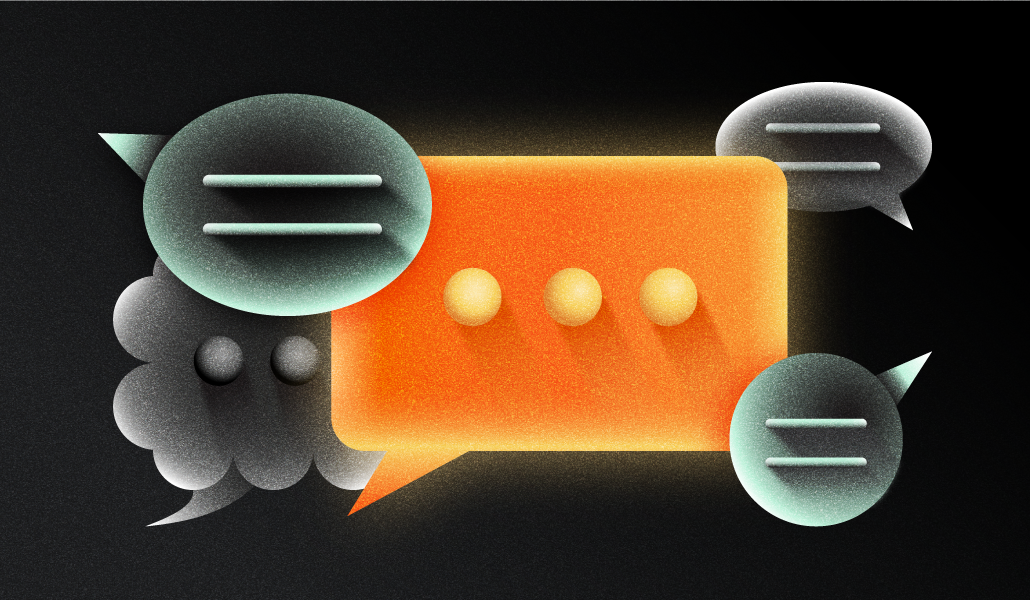








.png)




























